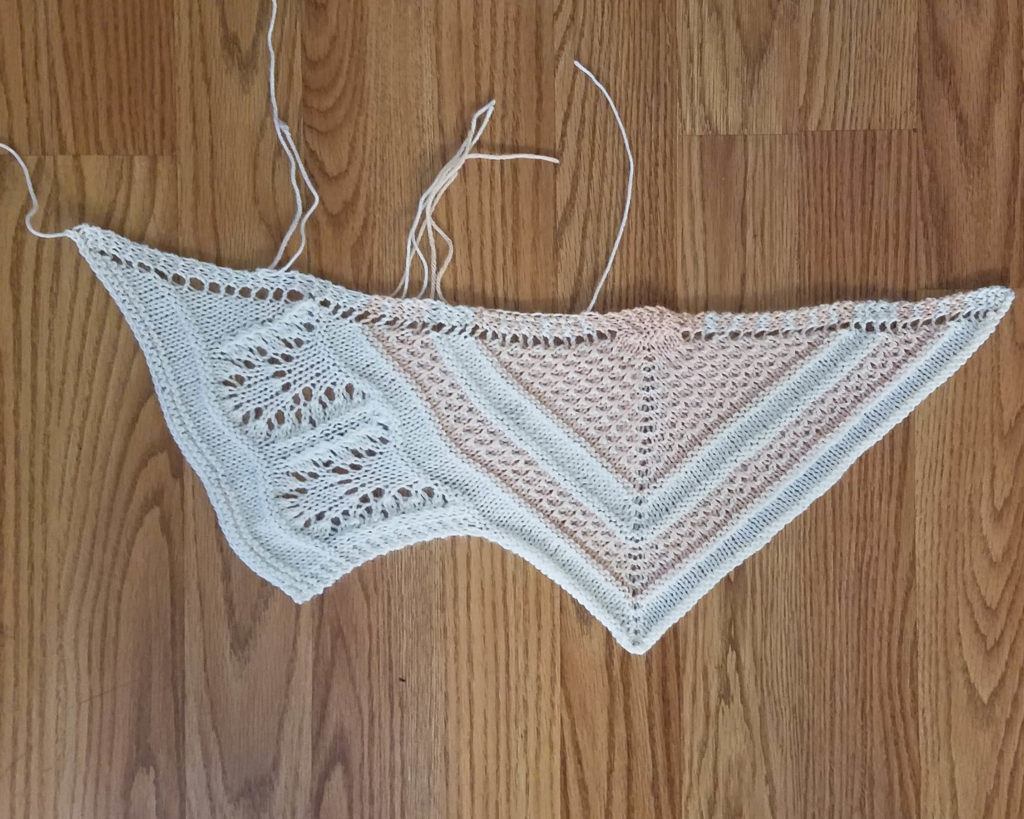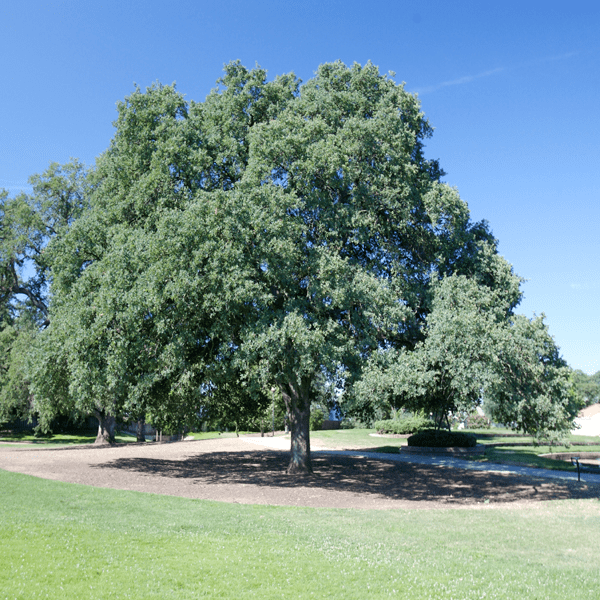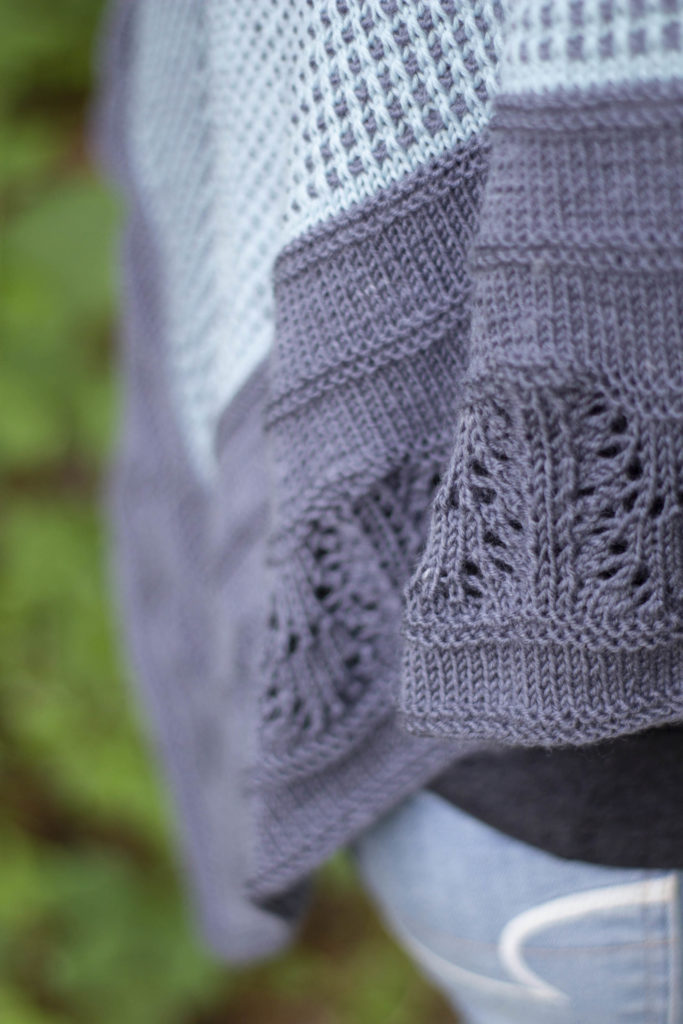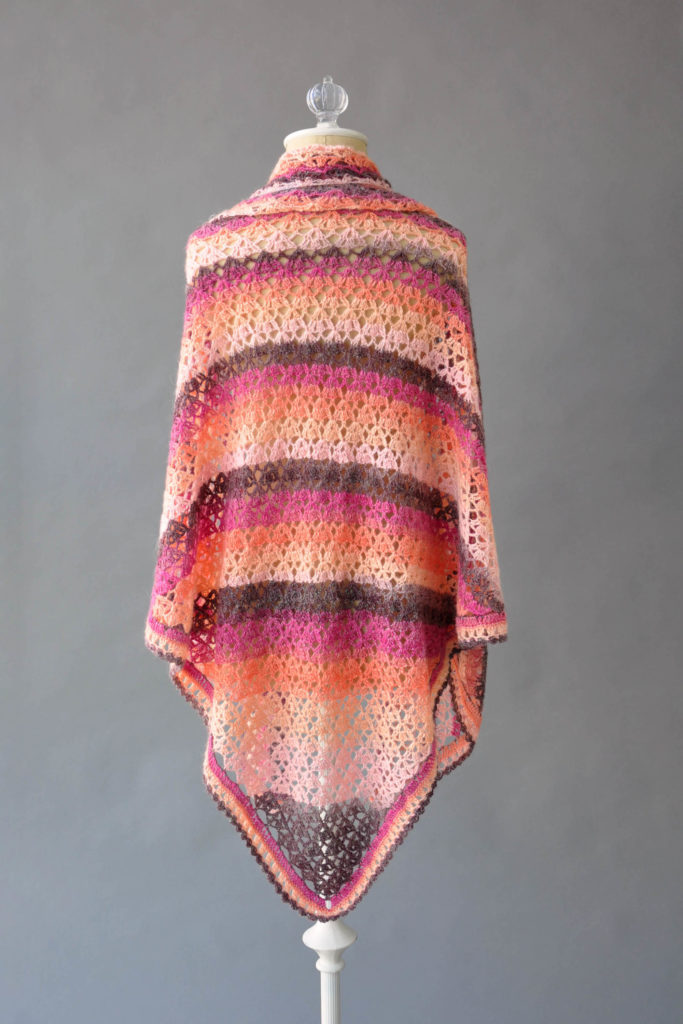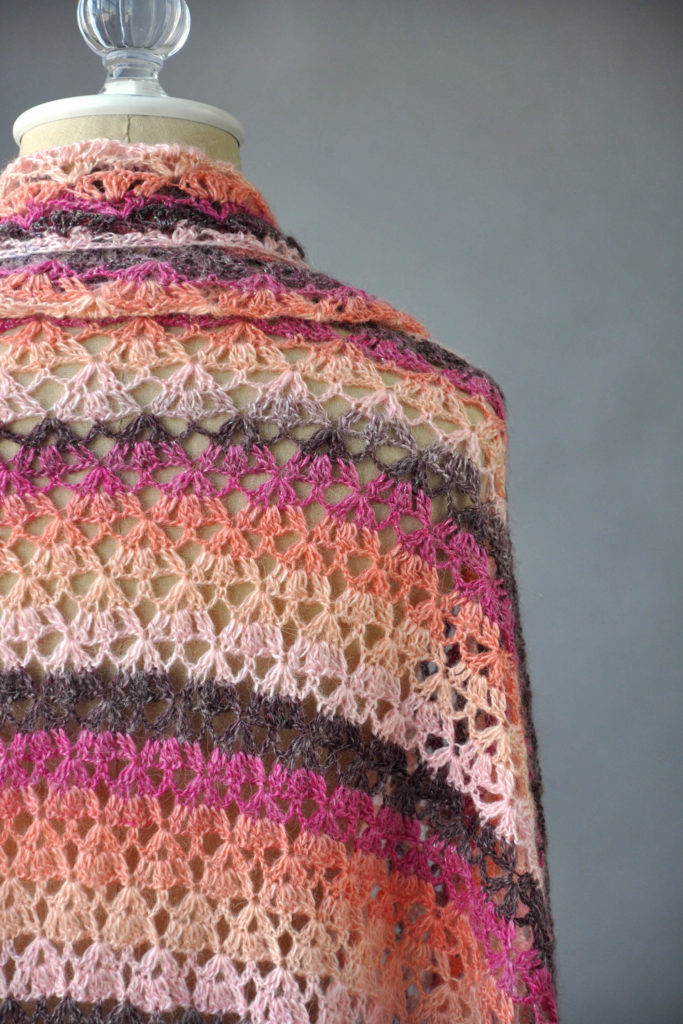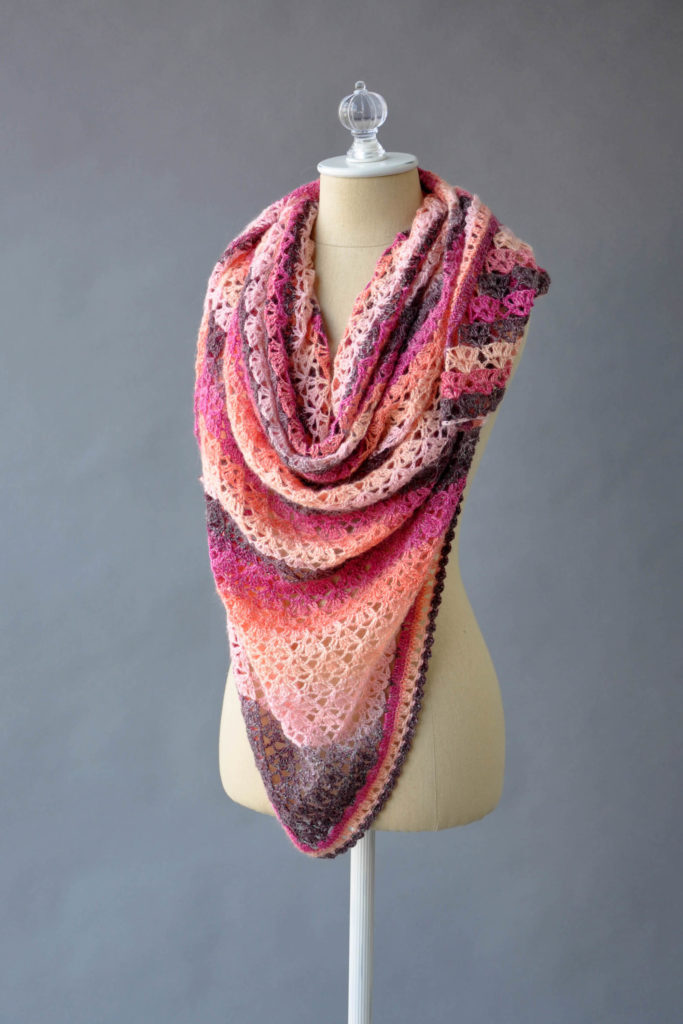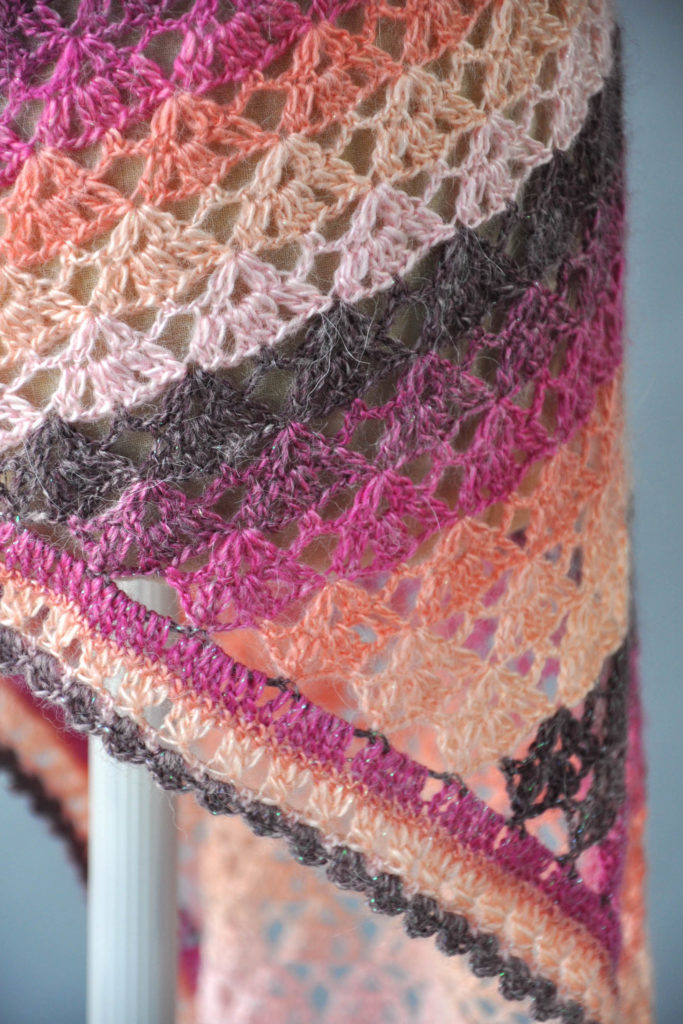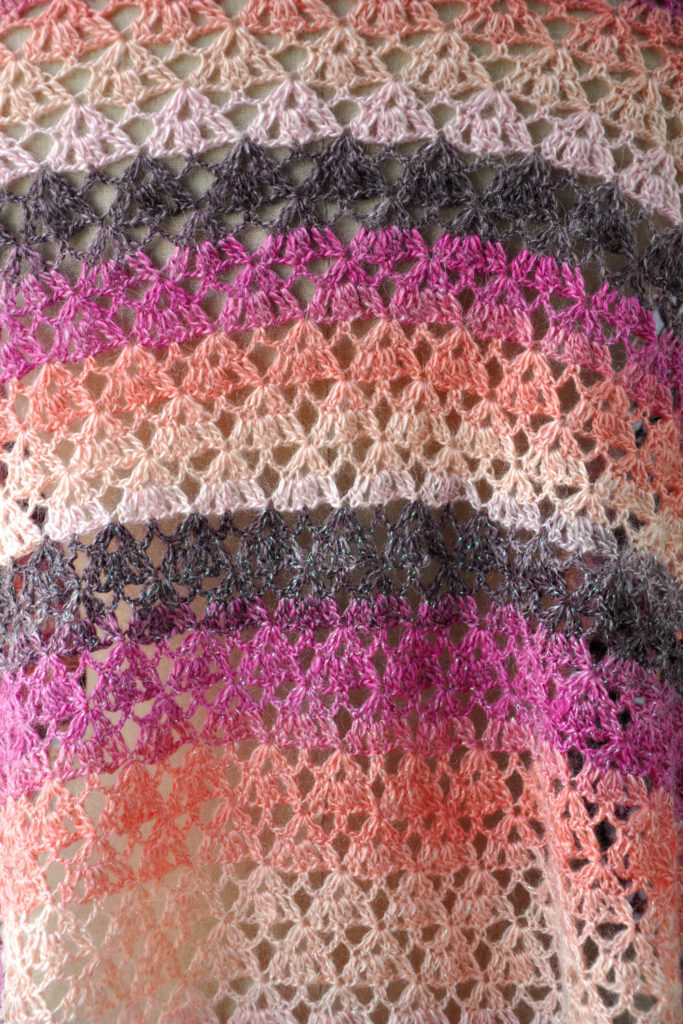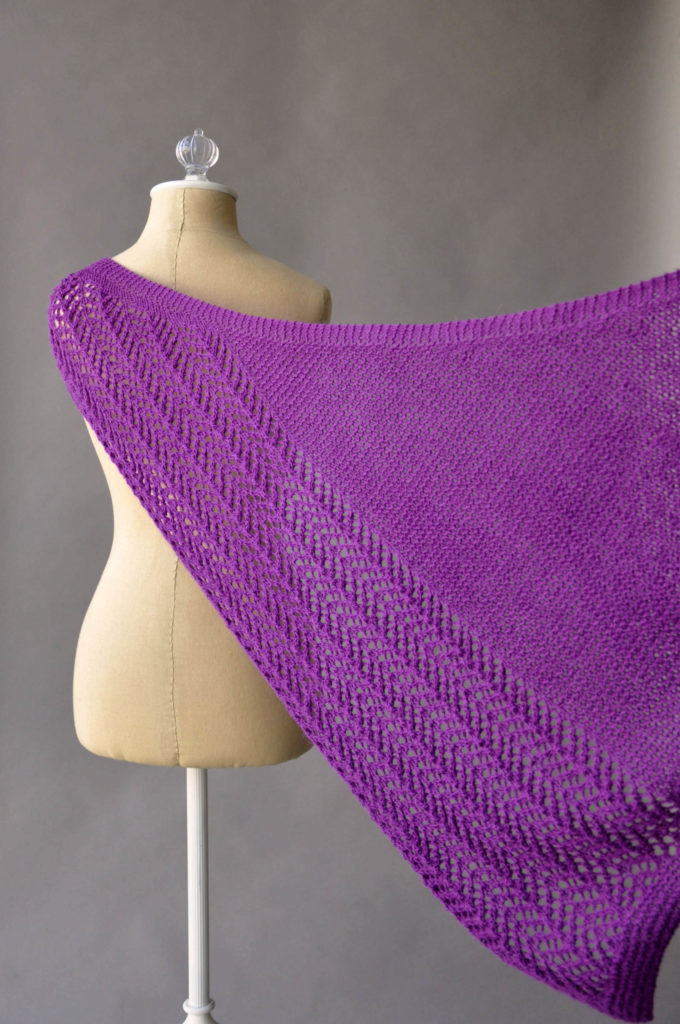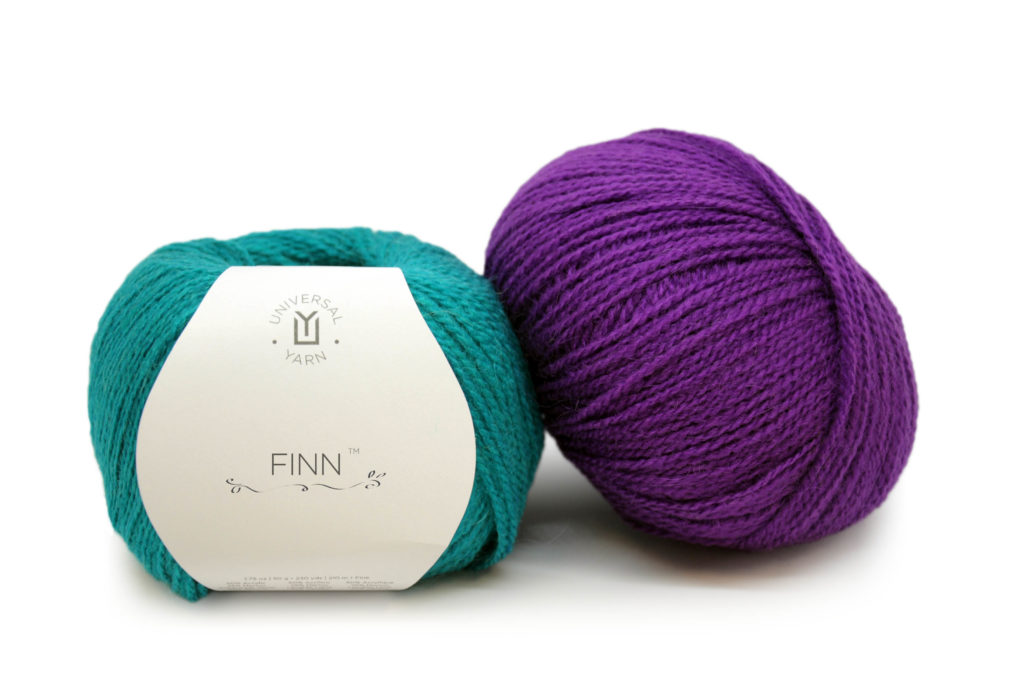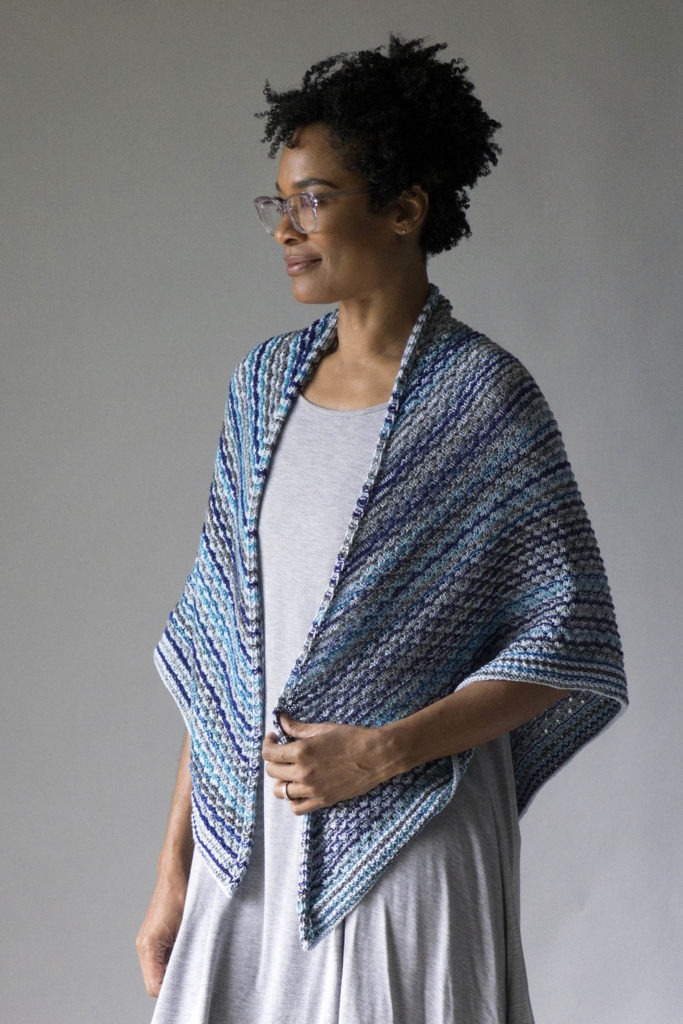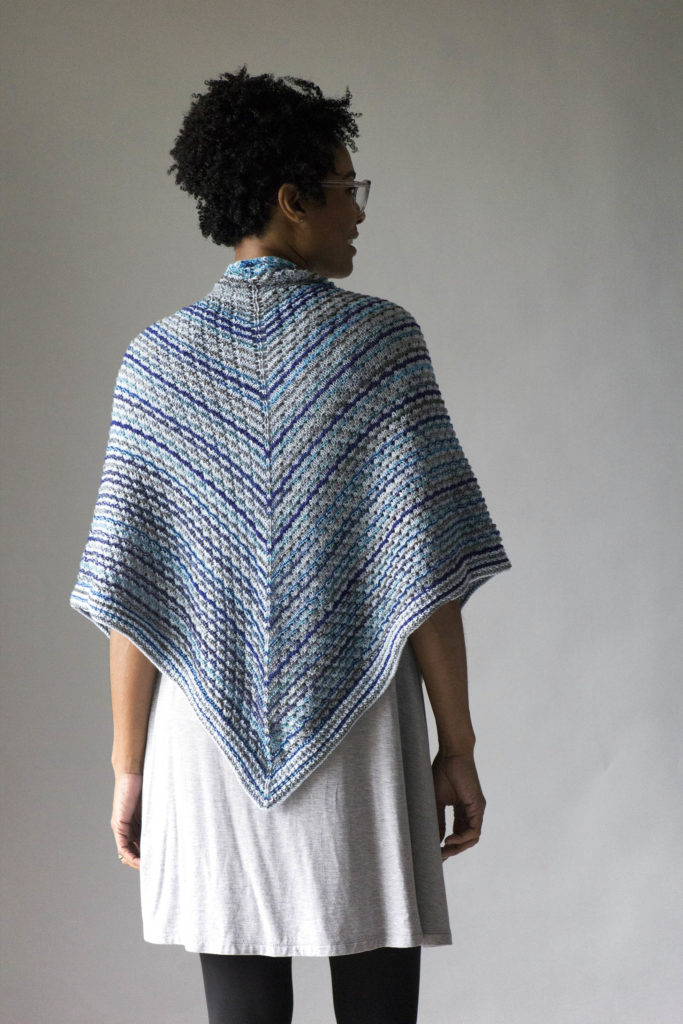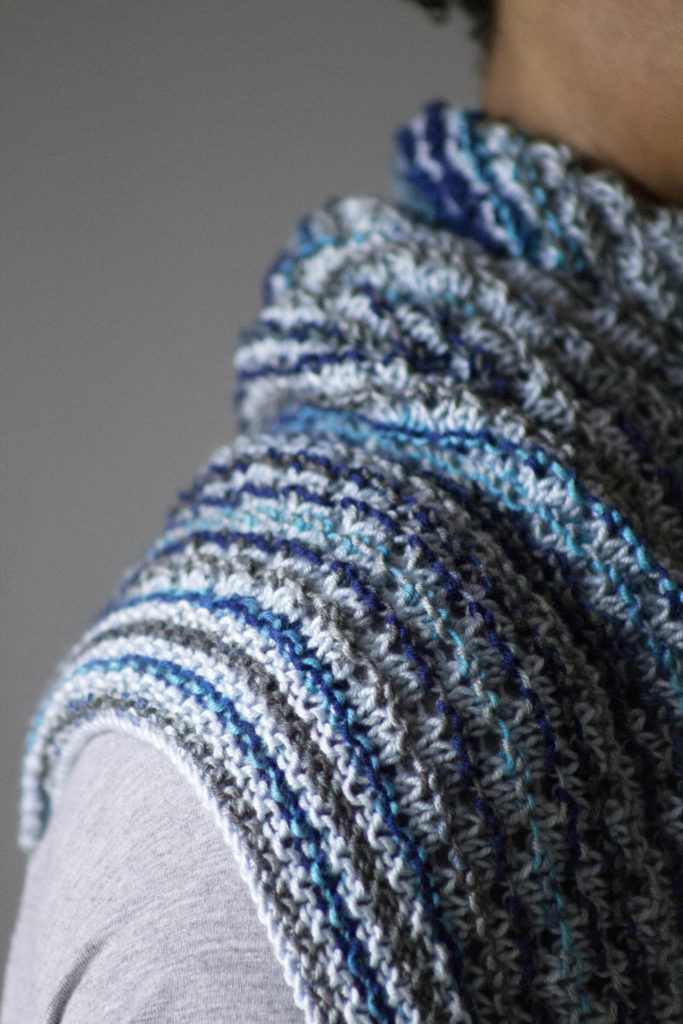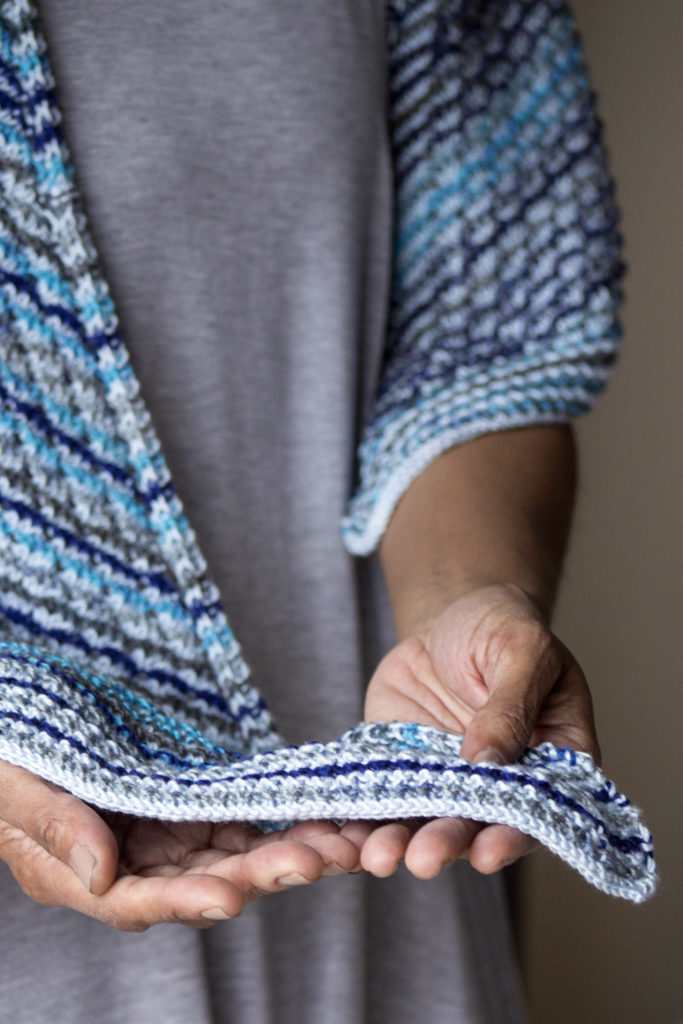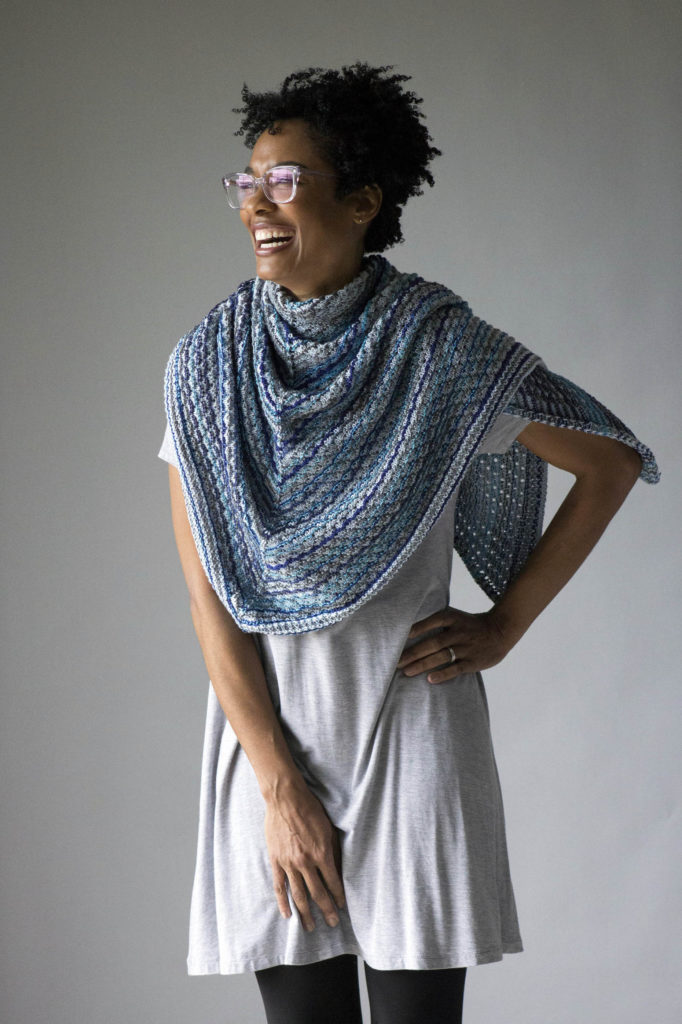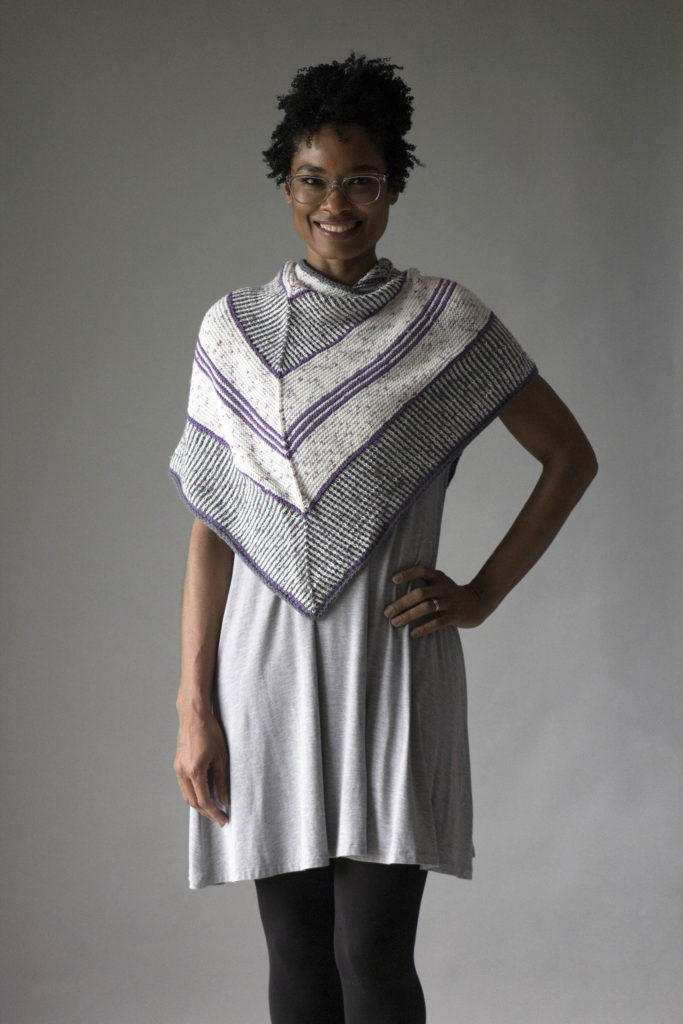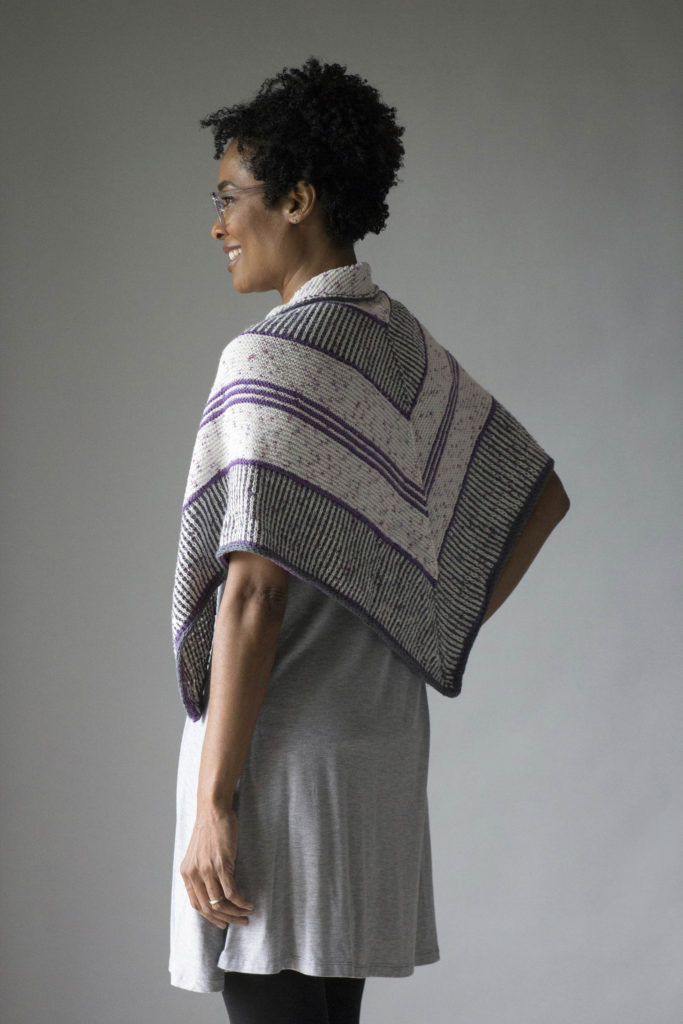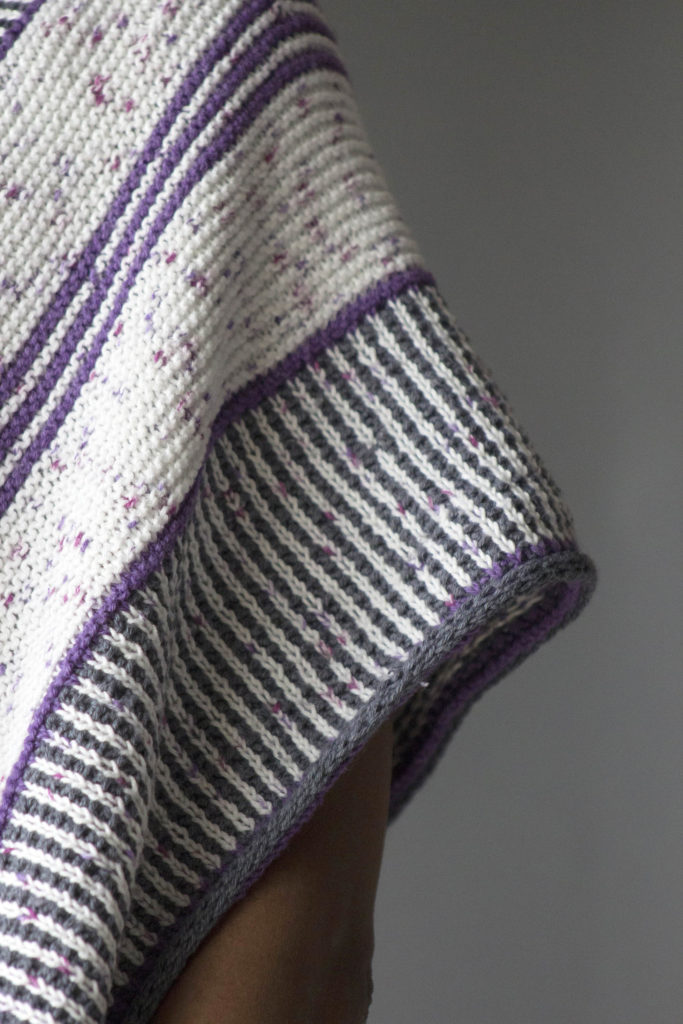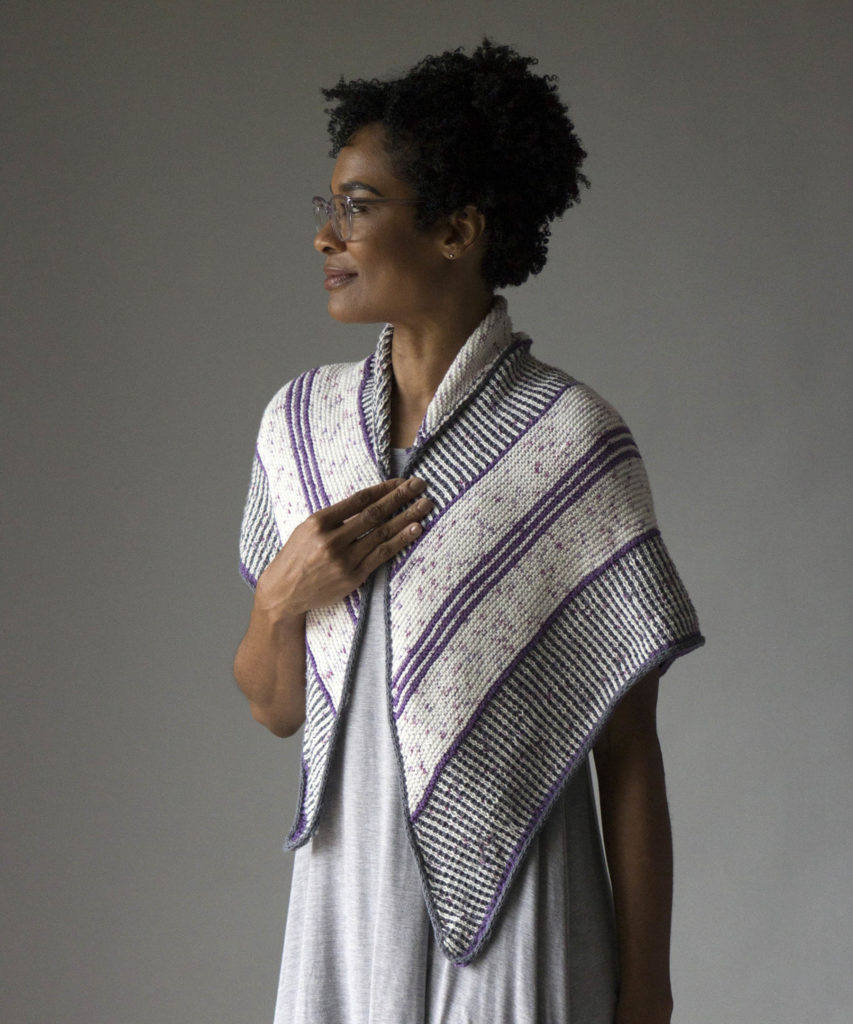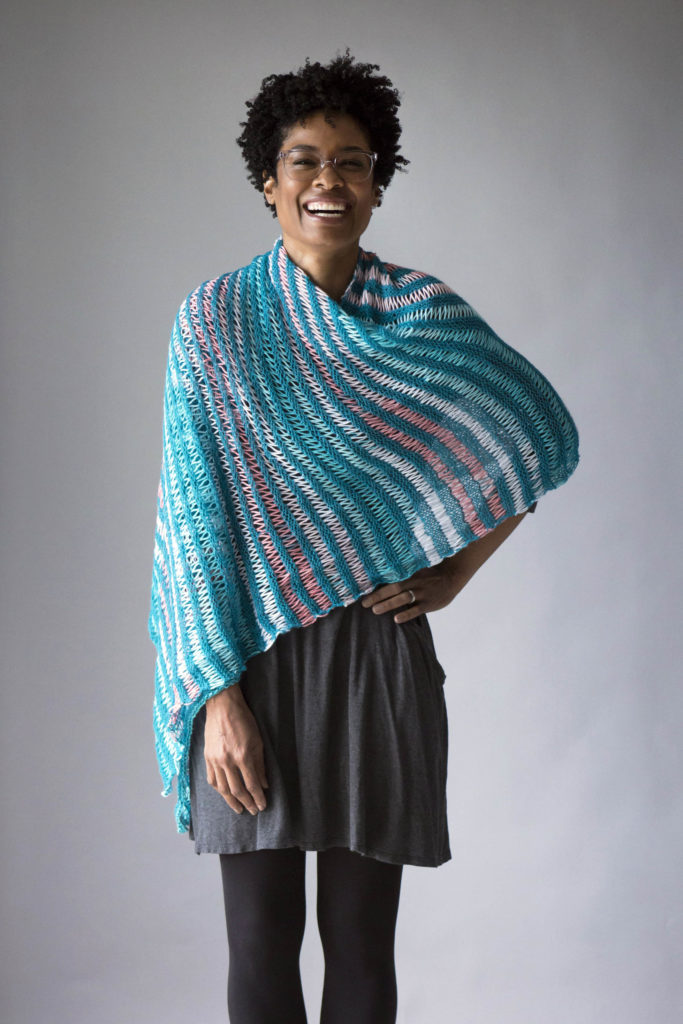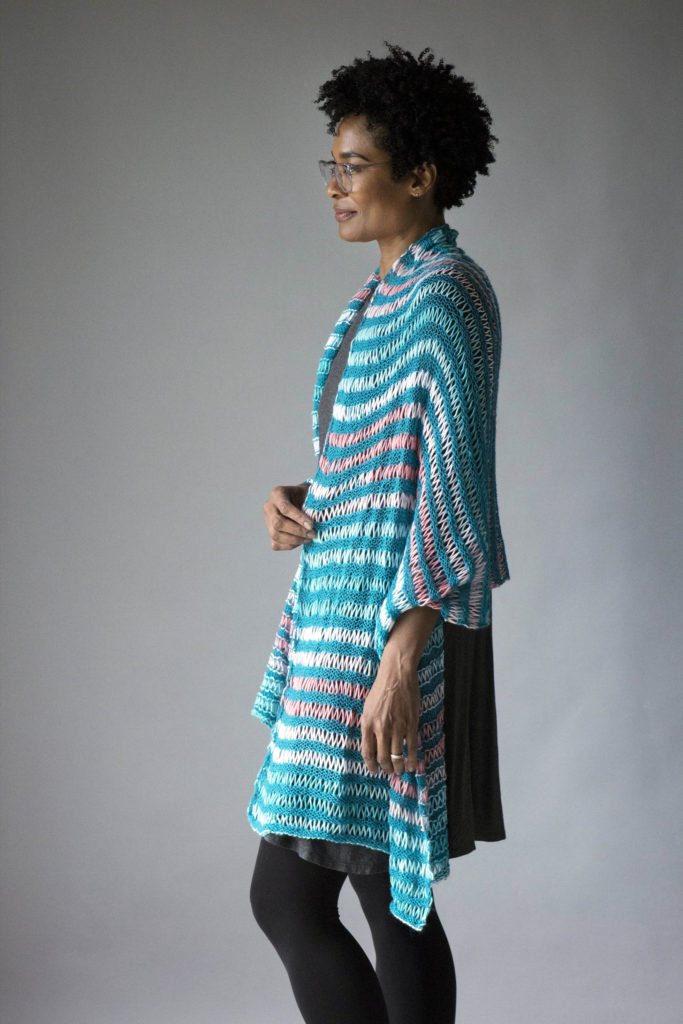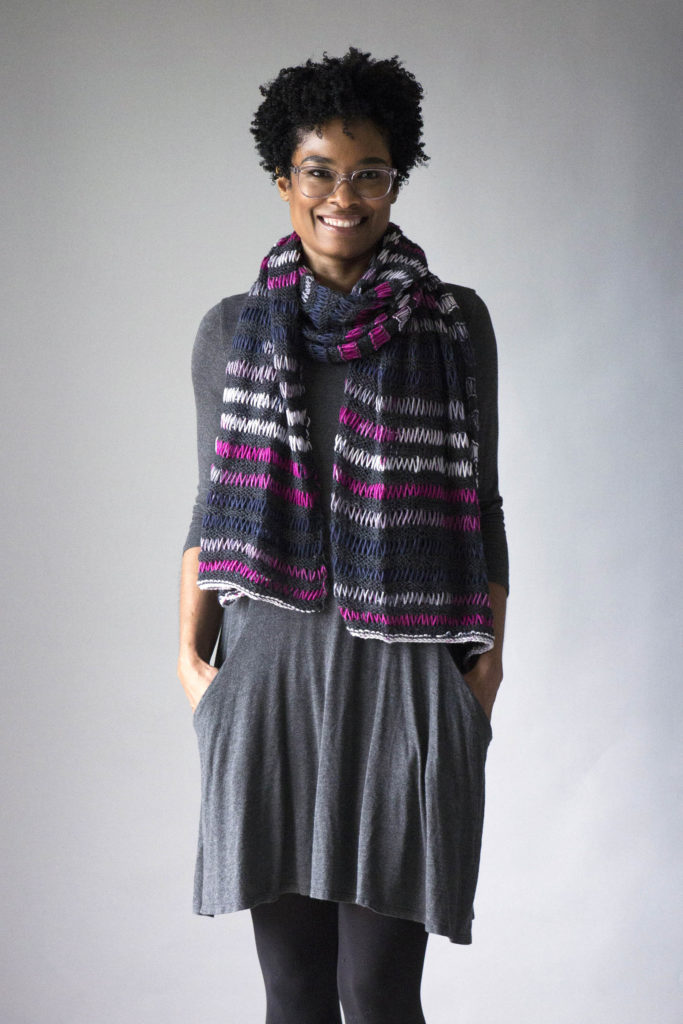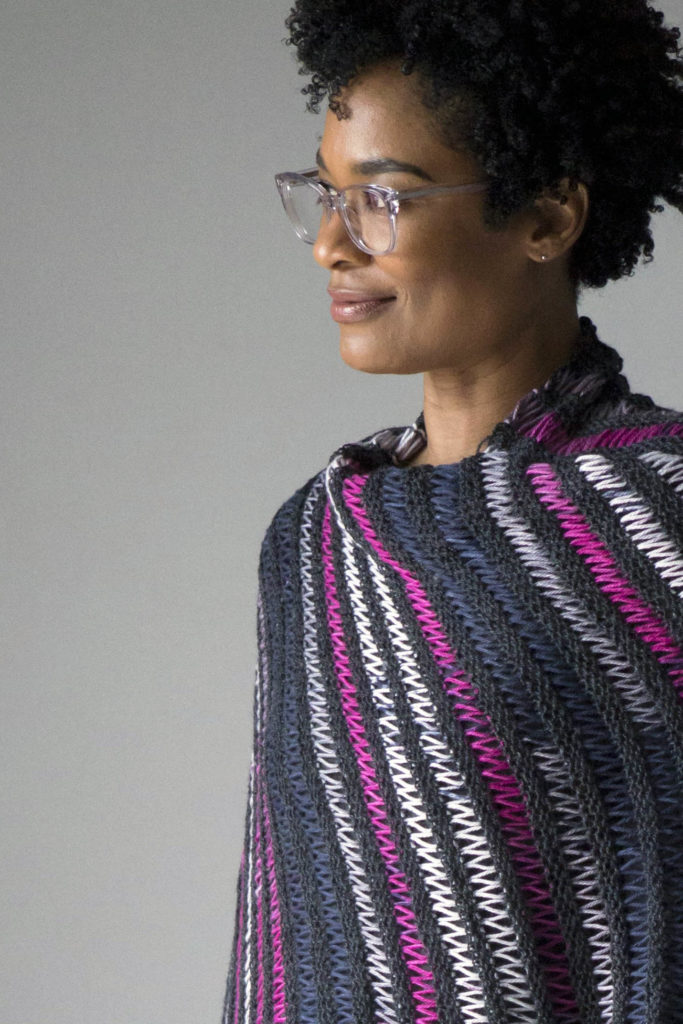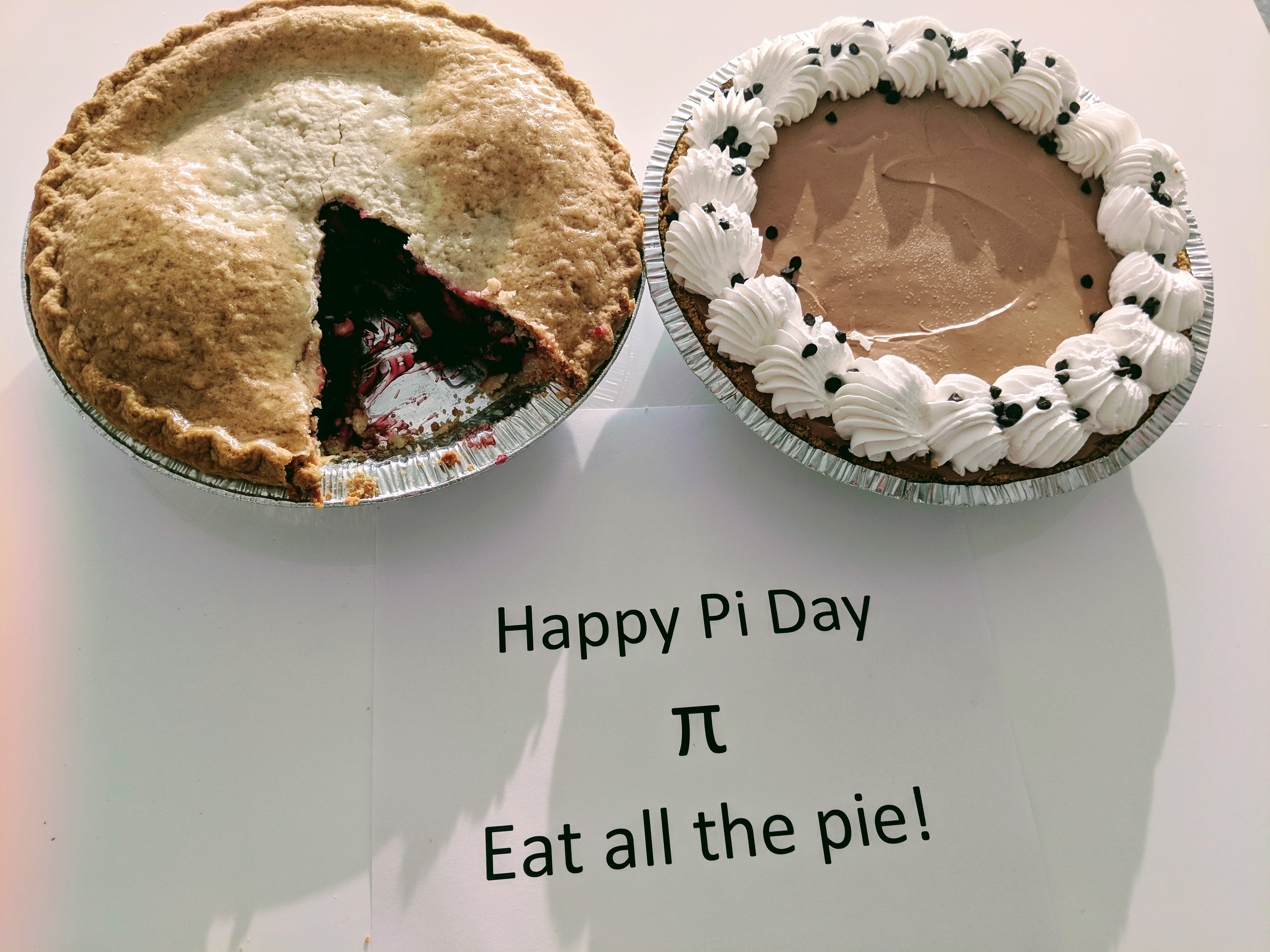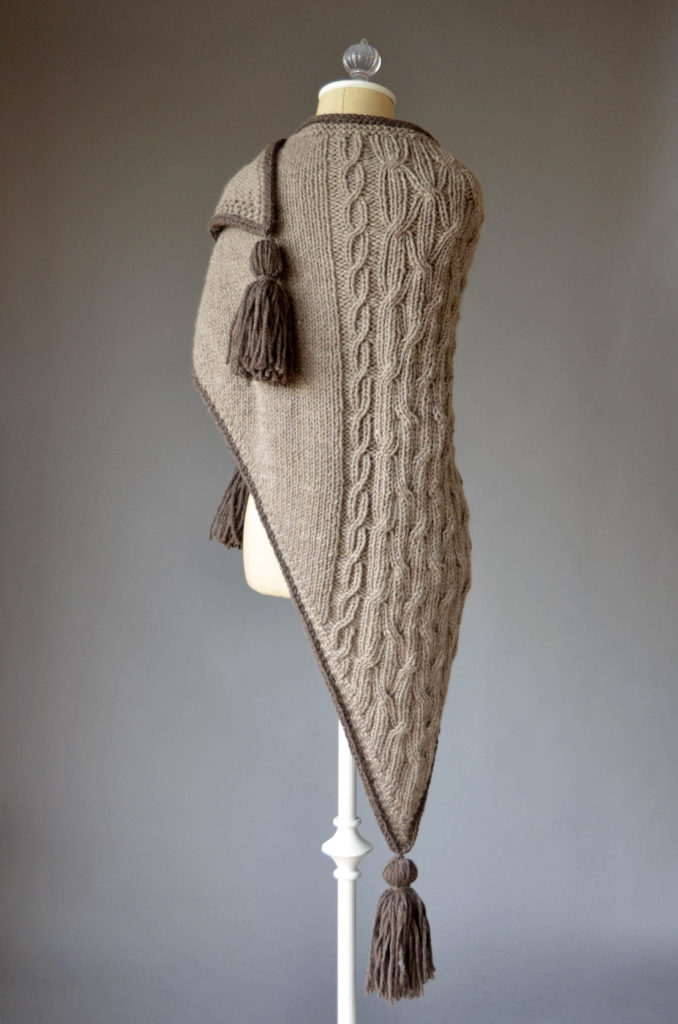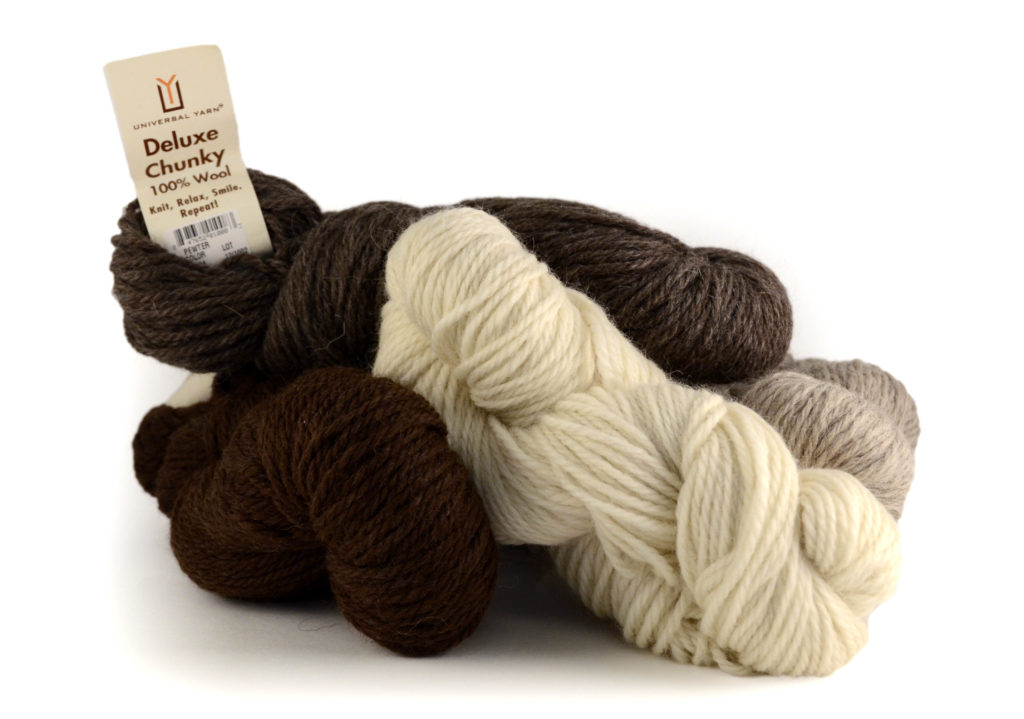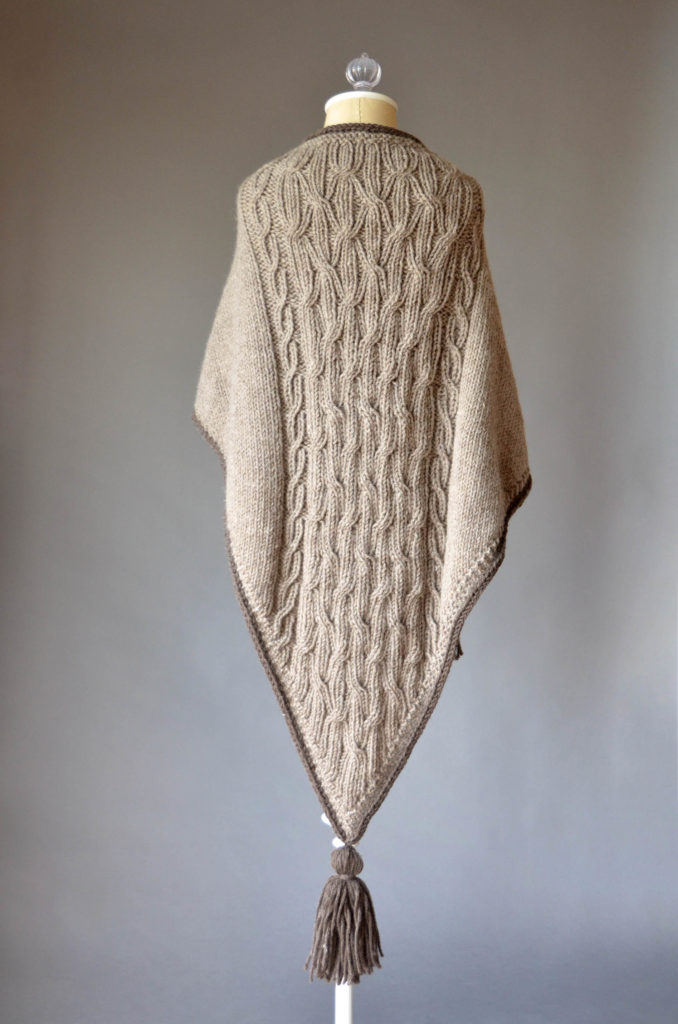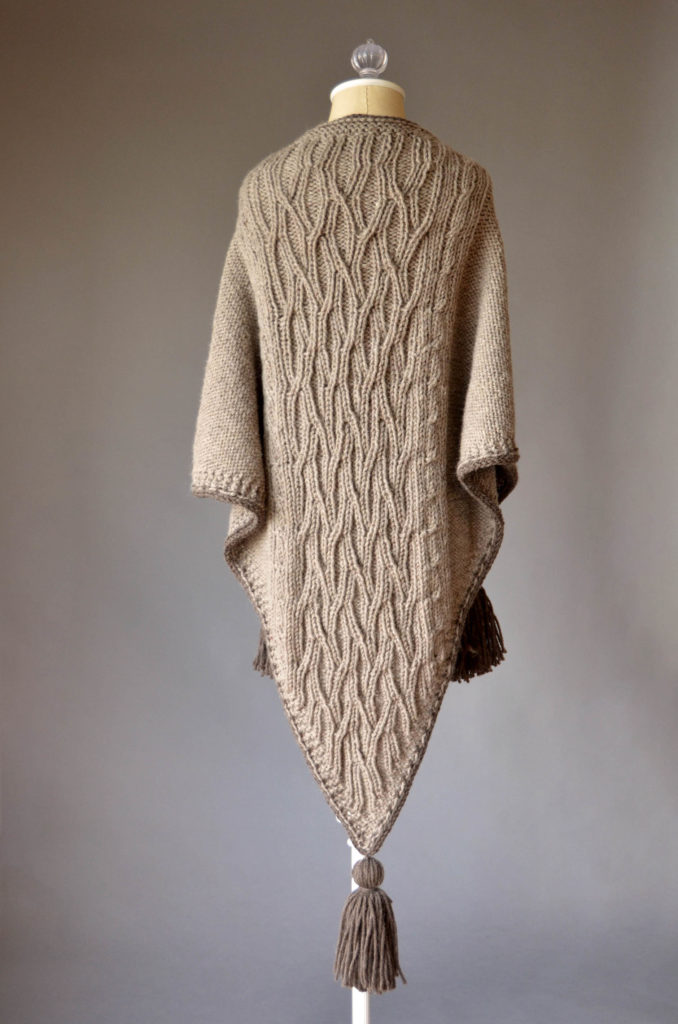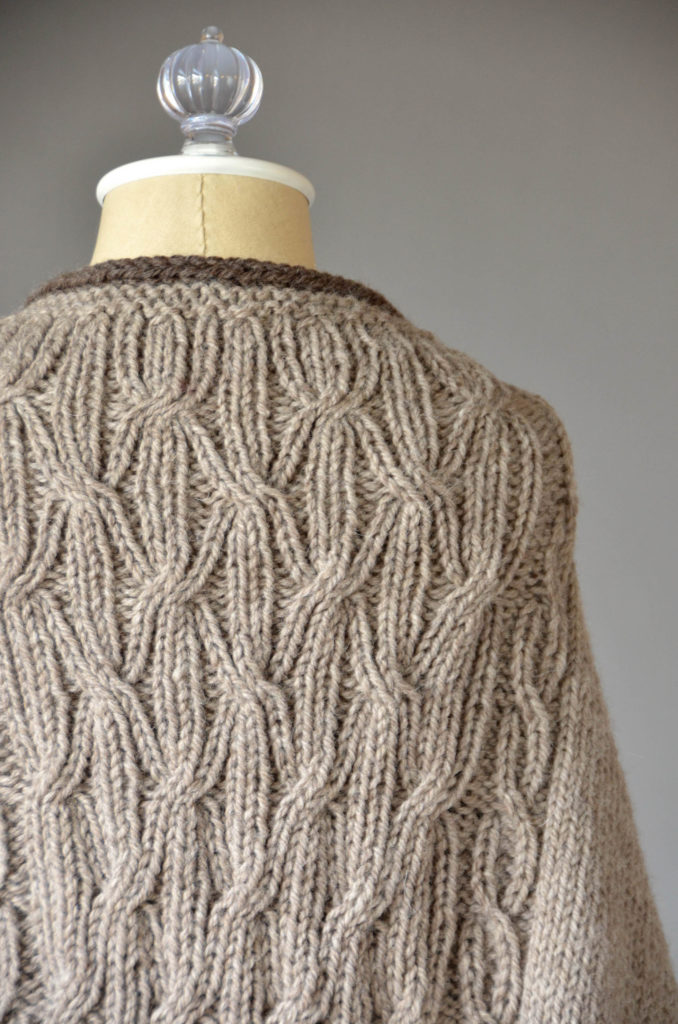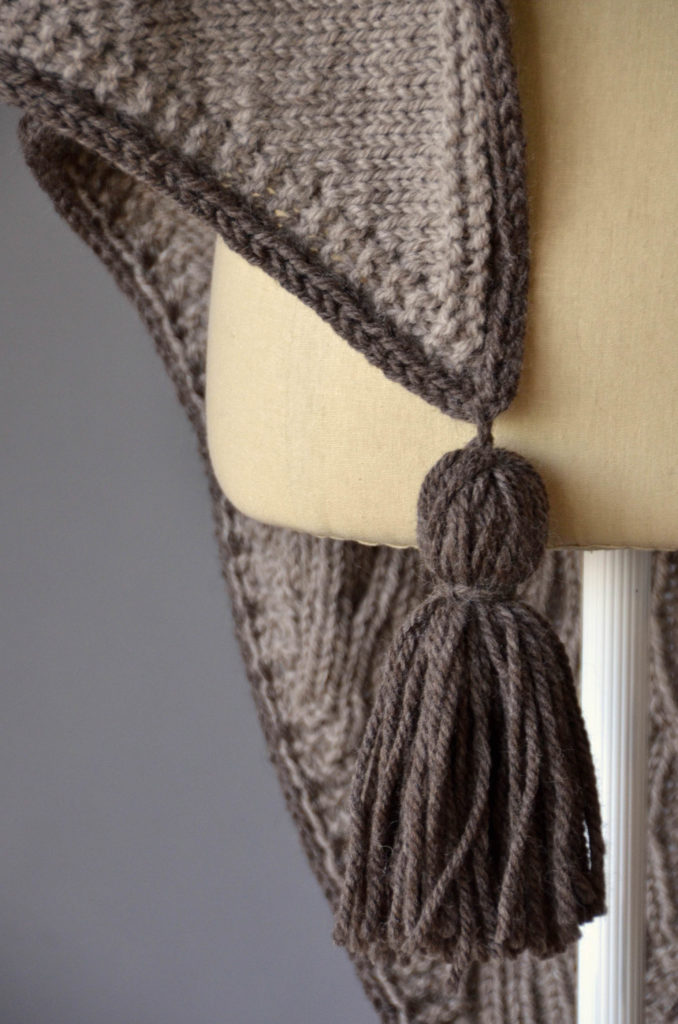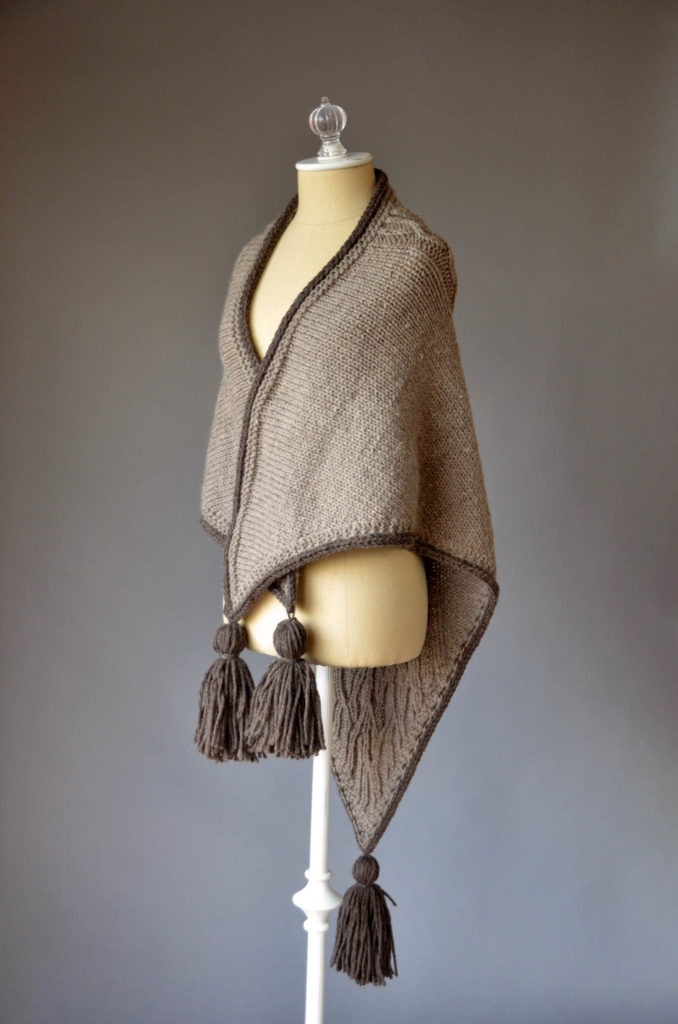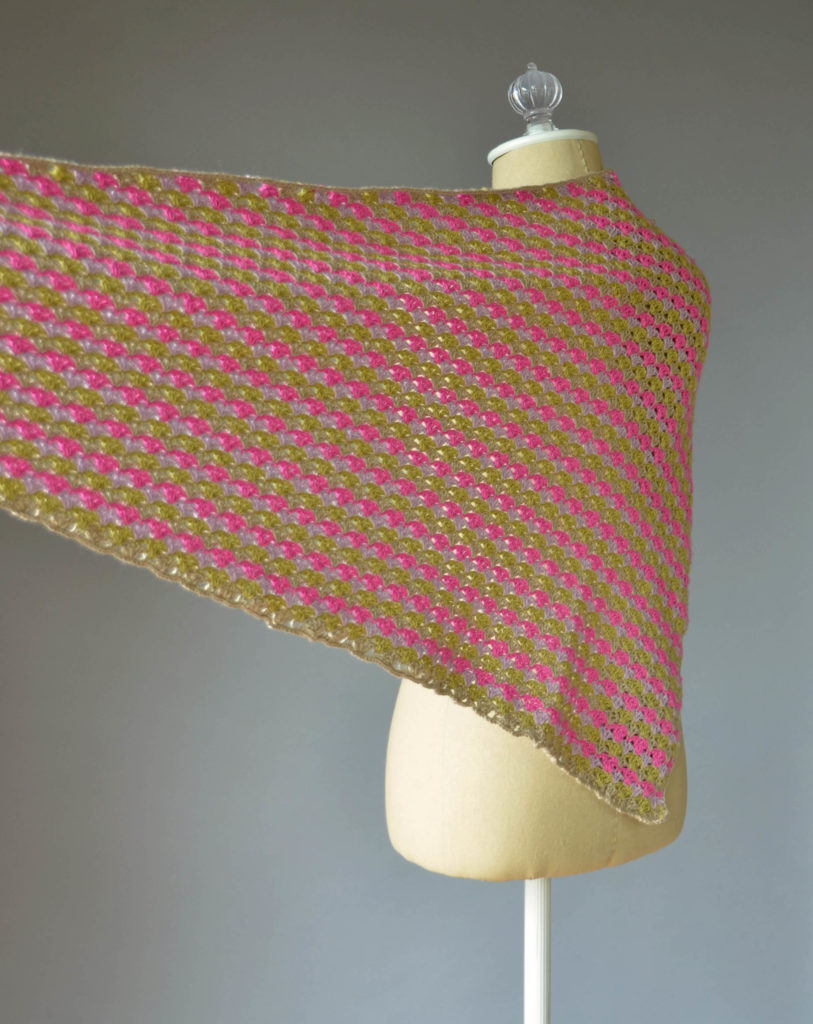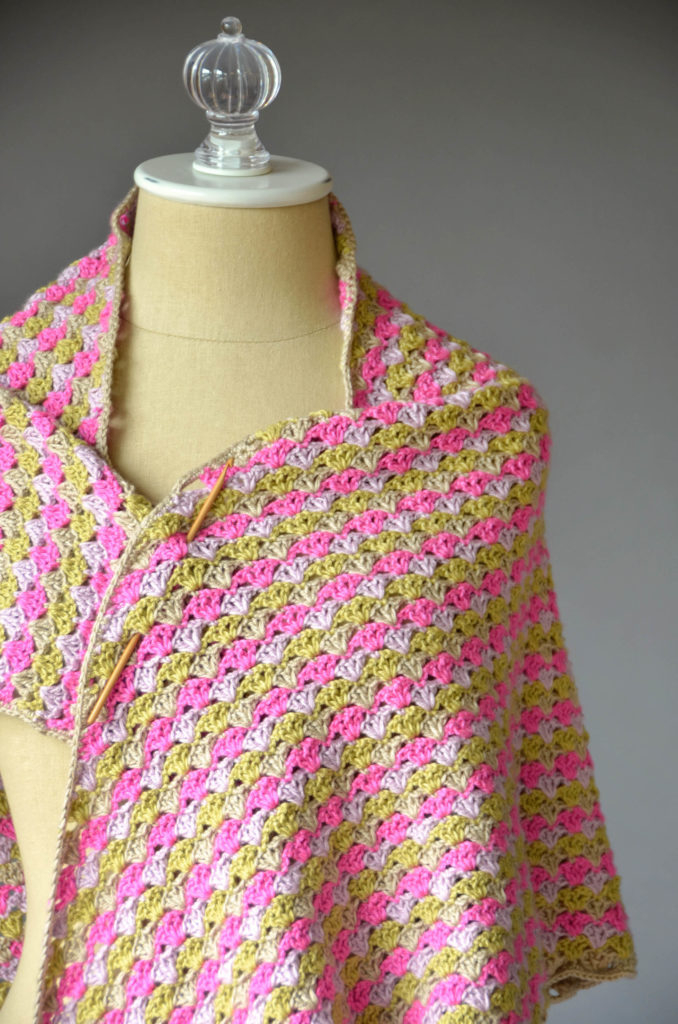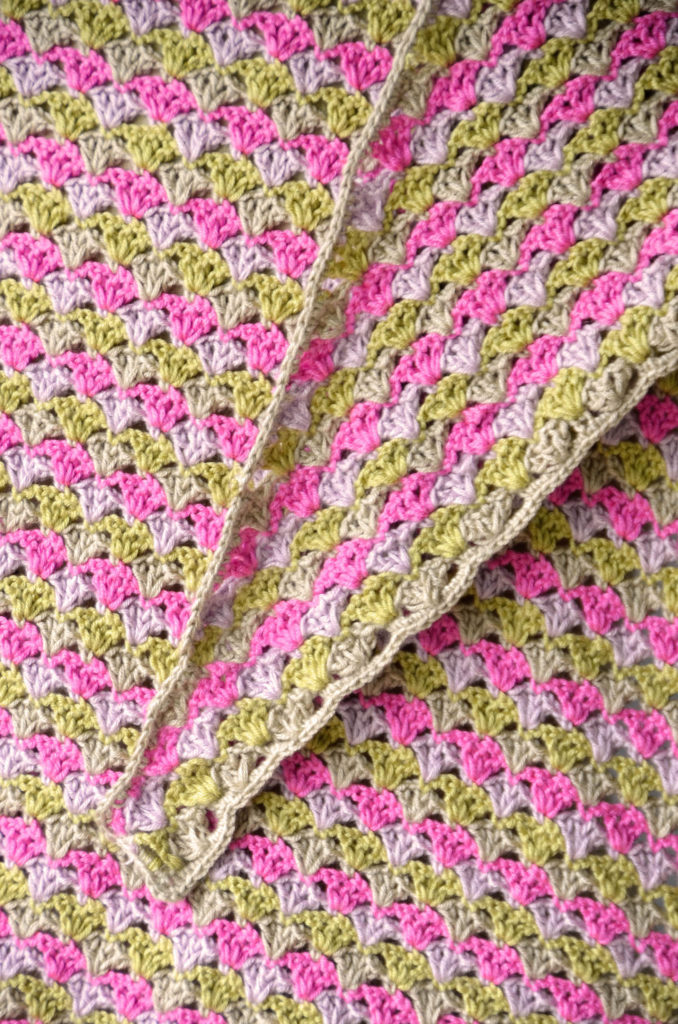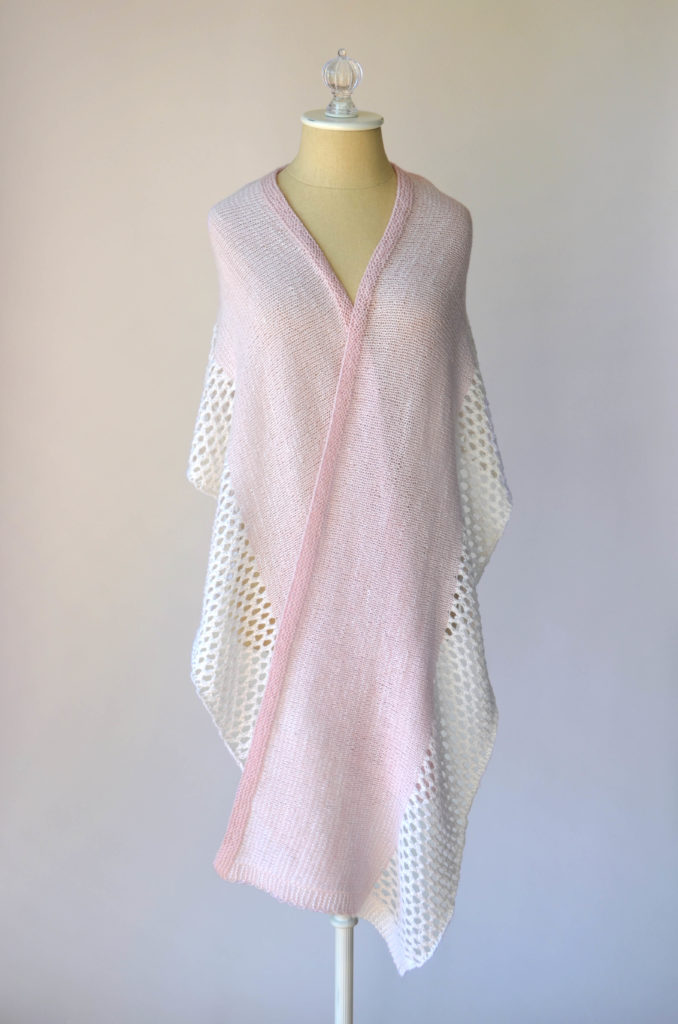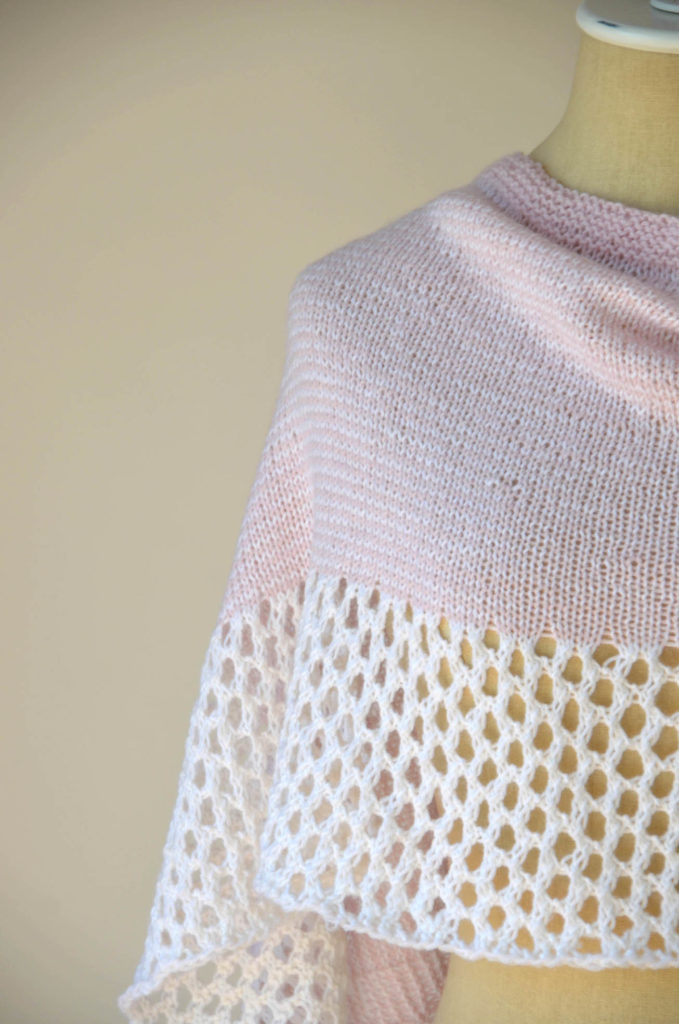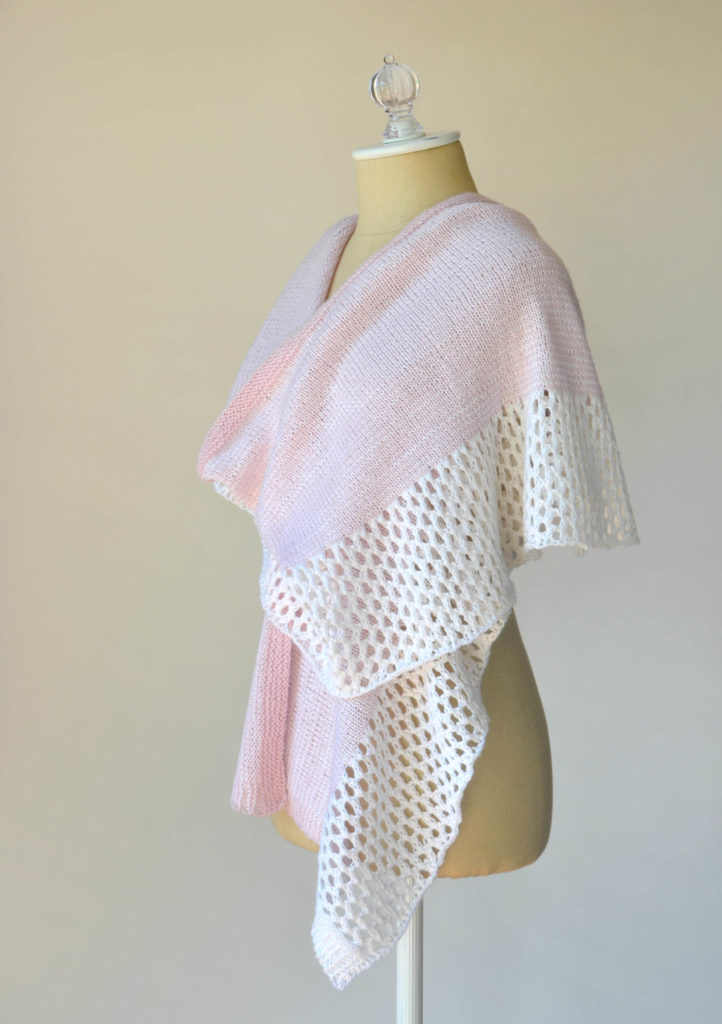A couple of weeks ago, I very briefly mentioned our new e-book, Small Pleasures. It’s a set of designs using what is fast becoming a favorite, Bella Cash.
This collection is perfect for me, because I am all about the accessories. I like instant gratification, and I’m always paranoid that I’m going to get to the end of a sweater and I will have miscalculated somewhere and it won’t fit. Not that this has ever happened to me. Ahem.
But let us not dwell on the failures of the past, let us move on to newer and more beautiful things – namely, my new shawl obsession, Blue Oak.
I asked designer Rachel Brockman about this, and she kindly shared her original swatch and concept.
“It all started with my playing with slip stitches and stripes, but wanting it to have a little something special. I’m a sucker for triangular shawls, too. They are easy to wear and soothing to knit. It was never my plan to make this in pink and white, as shown in my swatch – but I think it gets my design through quite well and I was thrilled about the final results.”
Rachel’s concept for the edge lace was inspired by the Blue Oak tree. The triangular shape of the shawl itself mirrors that.
Soothing indeed.
It sits nicely on the shoulders worn loose to the front…
…and is long enough to wrap for other styling options as well.
The grain pattern in this top-down piece is just a 4-row 2-stitch repeat. I cast on for this yesterday and knitted a bit, and it only took about five rows after the garter tab before I didn’t have to think about it any more.
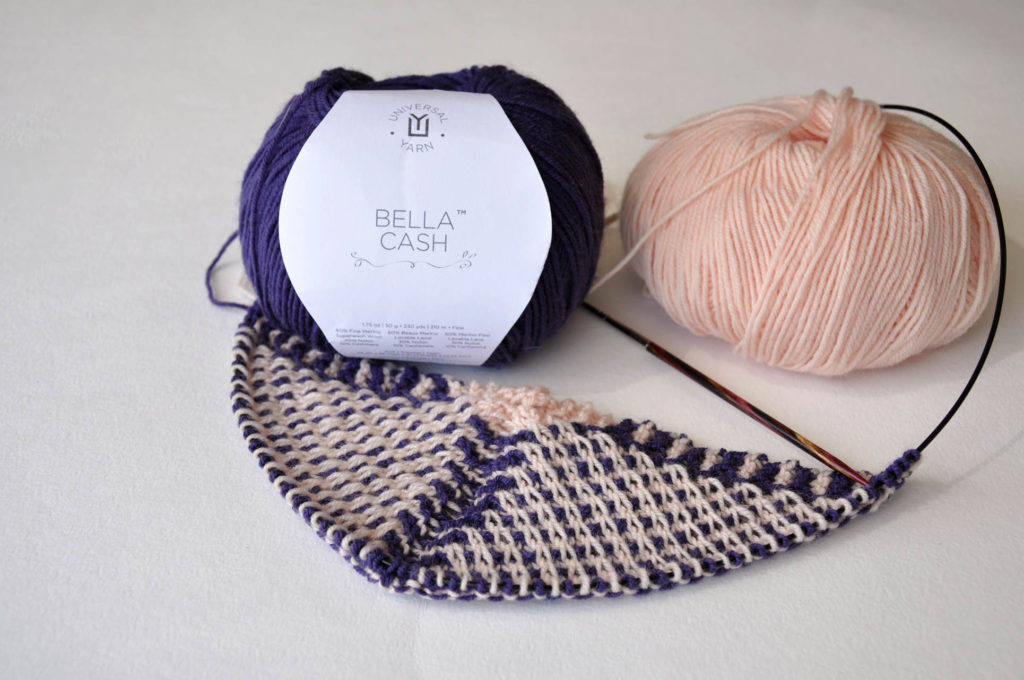
The pattern is broken up by a band of contrasting color in the middle and in the ending lace. Everything in the pattern is written and charted, except the grain pattern, which needs no chart.
Rachel offers some Bella Cash color suggestions:
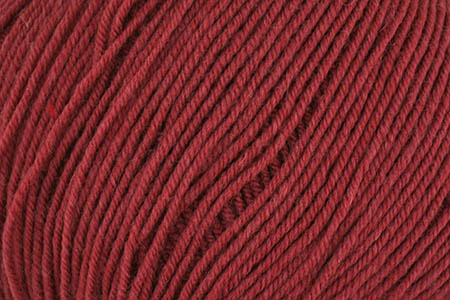
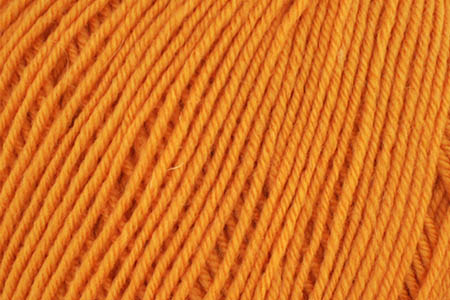
“My choices for a personal project would have to be 126 Forest combined with 106 Oat or 116 Sage, as used in the sample. Of course, there is always 121 Cabernet and 124 Mustard (shown) if you’re feeling the Gryffindor love!”
Well, now I’m not sure whether to keep going with what I’ve got, or maybe go Ravenclaw blue. Decisions, decisions.
The Blue Oak Shawl is available on Ravelry as a single pattern, or as part of e-book Small Pleasures. This won’t be the last time we talk about this e-book. I’m a sock fiend, and there’s a pair in there I’m dying to cast on for.
Happy crafting!





